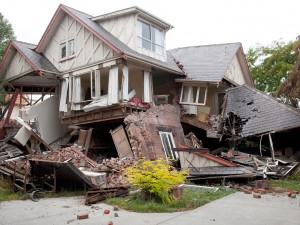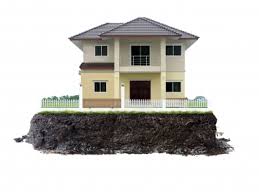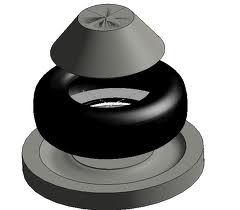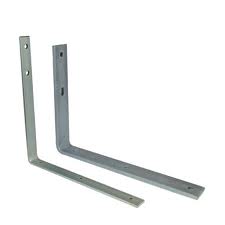Guide for Earthquake Proofing a House

Earthquakes occur due to movements in the earth’s called the crust. The crust is made of thin slices of land known as plates, which are constantly moving in various directions. For the most part, this plate movement occurs without the observation of human eyes, but occasionally the plates will collide and form a stress point where tensions builds up and erupts in what is known as an earthquake.
Earthquakes have in the past devastated entire societies and are speculated to be responsible for the destruction of several ancient civilizations. However, thanks to scientific advancements, we now know that there are measures that can be applied to minimize the effects of earthquakes on the loss of life and property.
Instructions
-
1
Build Your Home on Solid Ground
Earthquakes typically cause buildings to shake in two possible ways: either up and down or sideways, and sometimes simultaneously both.
It is the load placed on the building when it shakes sideways that usually causes the most damage. When homes are built on soft ground, this side to side motion may actually cause the entire structure to collapse almost as if it were pulled out of its foundation in one piece.
Thus it's essential that you build your home on solid ground which is much more resistant to the effects of side load.
-
2
Reinforce the foundation
The stronger the foundation, the more resistant the entire structure will be during an earthquake. Preferably, the foundations of the building should be made from solid stone and reinforced steel.
-
3
Use Shock Absorbers
Perhaps you are more familiar with the idea of cars having shock absorbers, but did you know buildings can have them too? The idea is too fit shock absorbers, also called dampers, in between the actual structure of your home and its foundation thus the structure itself is protected from initial effects of the shocks and ripples of an earthquake.
There are many sophisticated shock absorbers that have been developed but even an idea as simple as rubber tires filled out with stones may work as an effective shock absorber.
-
4
Keep the Roof as Light as Possible
As noted before, most of the preventable damage that occurs to buildings during an earthquake is due to the building shaking from side to side. The heavier the roof, the higher the chances of it caving in and causing even more damage to the rest of the building.
Therefore, it is advisable to construct your roof from material that is as light as possible. Depending on what is available in your area, types of straw, wood and corrugated metal sheets are all good materials for your roof.
-
5
Secure Breakable Furniture
So far we have concentrated on preventing damage to the structure of the building itself. However there are measures that you may need to take to earthquake proof the interior of your home as well.
Tall furniture, especially the type used to store sharp or breakable items, such as cabinets, shelves and TV stands should be secured to a wall by use of brackets. Tall furniture may very easily fall over during an earthquake, constituting a hazard both to your home and the people in it.







